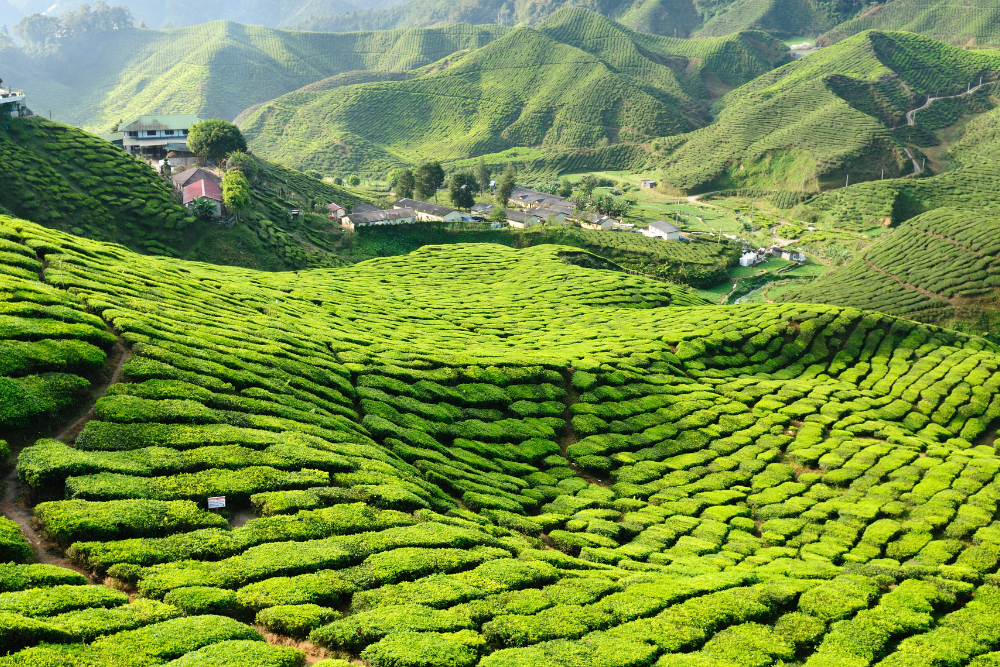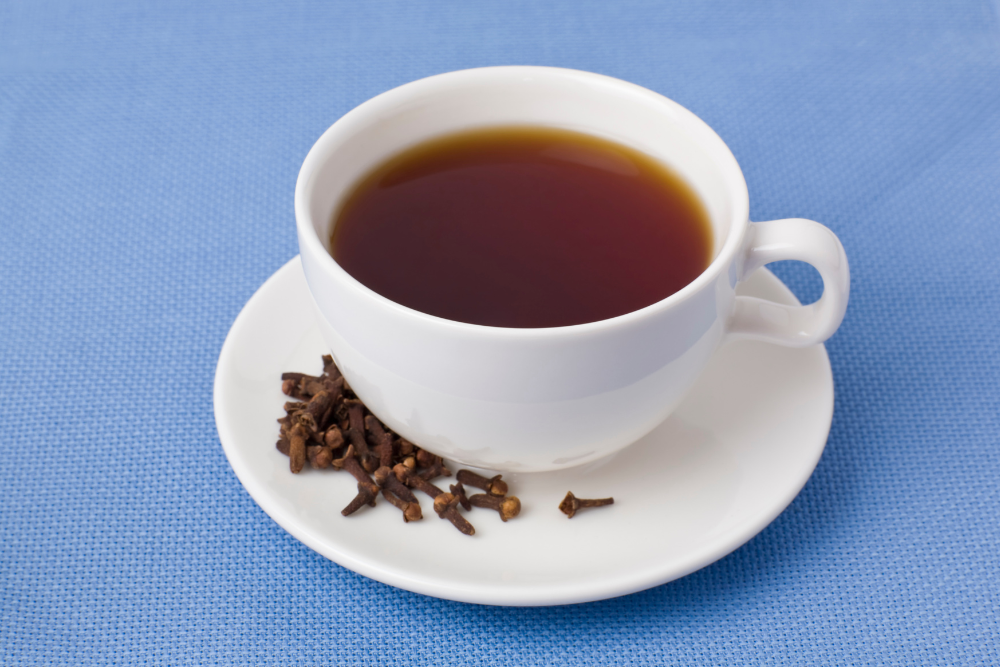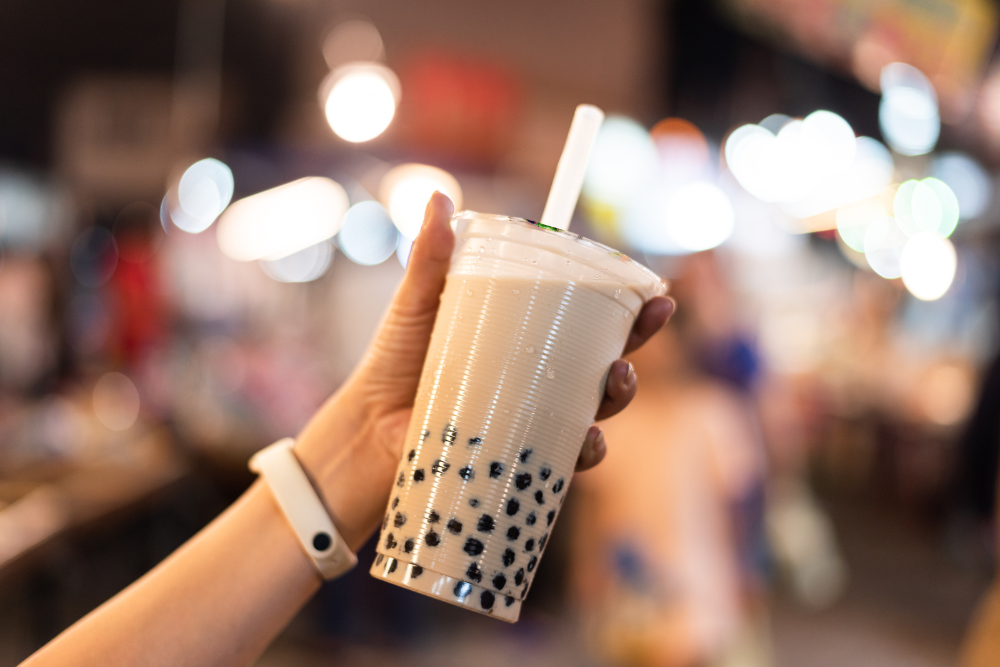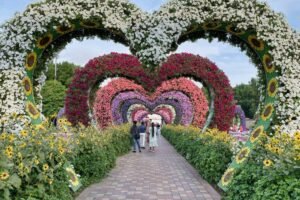Tea is more than just a beverage in Malaysia; it’s an integral part of the nation’s culture and history. From the rolling hills of Cameron Highlands to bustling city cafés, the art of tea drinking is deeply woven into the fabric of Malaysian life. In this blog, we’ll explore the rich tea culture of Malaysia, the varieties of tea produced, traditional practices, and the unique ways tea is enjoyed across the country.
A Brief History of Tea in Malaysia

Tea was first introduced to Malaysia in the 19th century, primarily through British colonial influence. The British established tea plantations in regions like the Cameron Highlands, where the cool climate and fertile soil proved ideal for cultivating tea. Over the years, Malaysia has developed its own unique tea culture, blending local traditions with British influences, resulting in a diverse array of tea experiences.
The Tea Plantations of Cameron Highlands
One of the most famous tea-growing regions in Malaysia is the Cameron Highlands. This picturesque area, located about 200 kilometers north of Kuala Lumpur, is known for its lush landscapes and cool climate, making it a perfect environment for tea cultivation. Visitors can explore the sprawling tea plantations, where they can witness the tea-picking process and learn about the different types of tea produced.
Boh Tea Plantation
The Boh Tea Plantation is perhaps the most well-known plantation in the Cameron Highlands. Established in 1929, it offers guided tours that take visitors through the tea-making process, from harvesting to brewing. The breathtaking views from the plantation, coupled with the chance to sample fresh tea, make it a must-visit for any tea enthusiast.
Types of Malaysian Tea
Malaysia produces several varieties of tea, each with its own unique flavor profile and characteristics. Some notable types include:
1. Black Tea

The most common type of tea produced in Malaysia is black tea, particularly from the Cameron Highlands. Malaysian black tea is often robust and full-bodied, making it perfect for traditional brewing methods. It’s commonly enjoyed with milk and sugar, reminiscent of British tea traditions.
2. Teh Tarik
One of the most beloved beverages in Malaysia is teh tarik, a frothy, pulled tea made from strong black tea and sweetened condensed milk. The preparation involves skillfully pouring the tea back and forth between two containers to create a rich, creamy texture. Teh tarik is often served in mamaks (Malay Indian eateries) and is a staple during social gatherings.
3. Green Tea

While less common than black tea, green tea is also produced in Malaysia, particularly in the Cameron Highlands. Malaysian green tea is typically lighter and more fragrant than its black counterpart, offering a refreshing alternative. It is often enjoyed plain or infused with flavors like jasmine.
4. Herbal Teas
Malaysia is home to a variety of herbal teas made from local ingredients. Kopi Halia (ginger tea) and Bunga Kembang Semangkuk (hibiscus tea) are popular options. These teas not only offer unique flavors but also come with various health benefits.
Traditional Tea Drinking Practices
Tea drinking in Malaysia is often a communal activity, with rituals and customs that reflect the country’s diverse cultural heritage. Here are some traditional practices associated with Malaysian tea culture:
1. Kopitiam Culture
Kopitiam (coffee shops) are integral to Malaysian social life. These establishments serve a range of beverages, including tea, in a relaxed setting. It’s common for friends and family to gather in kopitiams to enjoy a cup of tea, chat, and indulge in local snacks like kaya toast.
2. Tea Ceremonies
While not as formal as traditional Chinese tea ceremonies, some Malaysian families engage in their own tea rituals during gatherings or celebrations. Serving tea to guests is a sign of hospitality, and it often comes with traditional sweets or snacks.
3. Roti Canai and Teh Tarik Pairing
A quintessential Malaysian breakfast often features roti canai (flaky flatbread) served with a cup of teh tarik. This combination is a beloved comfort food, showcasing the harmony between tea and local cuisine.
Modern Innovations in Tea Culture

As Malaysia’s tea culture continues to evolve, modern innovations are emerging in the tea industry. Specialty tea shops and cafes are popping up in urban areas, offering unique blends and creative tea-based beverages. These establishments often emphasize artisanal brewing methods and promote awareness of the health benefits of tea.
1. Bubble Tea
The popularity of bubble tea has swept across Malaysia, with many cafes offering variations of this fun, trendy drink. While not traditional, bubble tea has become a popular way to enjoy tea, especially among younger generations.
2. Artisanal Blends
Some local tea producers are experimenting with artisanal blends, combining traditional Malaysian flavors with innovative ingredients. Expect to find unique teas infused with tropical fruits, spices, and local herbs, reflecting the country’s rich biodiversity.
The Health Benefits of Tea
Beyond its cultural significance, tea is celebrated for its numerous health benefits. Malaysian black and green teas are rich in antioxidants, which can help improve overall health. Herbal teas, such as ginger and hibiscus, are known for their soothing properties and potential health benefits, making tea an excellent choice for wellness enthusiasts.
Conclusion
The art of tea in Malaysia is a beautiful blend of tradition, culture, and innovation. From the picturesque tea plantations of the Cameron Highlands to the bustling kopitiams of urban areas, tea is more than just a drink; it’s a way of life. Whether you’re sipping a comforting cup of teh tarik or exploring the lush landscapes of tea estates, experiencing Malaysia’s tea culture is sure to leave a lasting impression. So, the next time you find yourself in this vibrant country, take a moment to savor the rich flavors and stories that each cup of tea has to offer.












